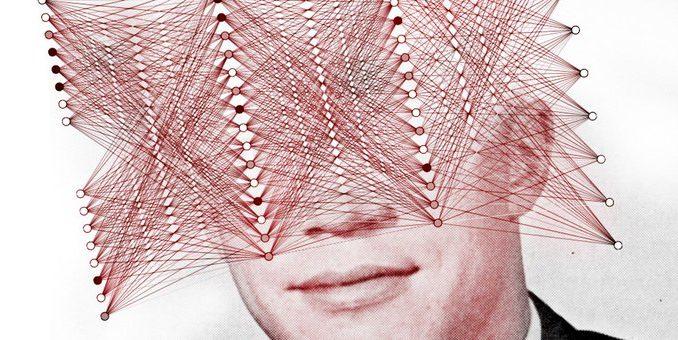
WE ARE WELL INTO the third wave of major investment in artificial intelligence. So it’s a fine time to take a historical perspective on the current success of AI. In the 1960s, the early AI researchers often breathlessly predicted that human-level intelligent machines were only 10 years away. That form of AI was based on logical reasoning with symbols, and was carried out with what today seem like ludicrously slow digital computers. Those same researchers considered and rejected neural networks.
In the 1980s, AI’s second age was based on two technologies: rule-based expert systems—a more heuristic form of symbol-based logical reasoning—and a resurgence in neural networks triggered by the emergence of new training algorithms. Again, there were breathless predictions about the end of human dominance in intelligence.
The third and current age of AI arose during the early 2000s with new symbolic-reasoning systems based on algorithms capable of solving a class of problems called 3SAT and with another advance called simultaneous localization and mapping. SLAM is a technique for building maps incrementally as a robot moves around in the world.
